Qualifications of the Tangier-Tetouan-Al Hoceima region
farming
The region enjoys a distinct geographical location and a moderate climate, which has made the region witness remarkable development in the agricultural sector, which has been reflected positively on the economic situation of the region.
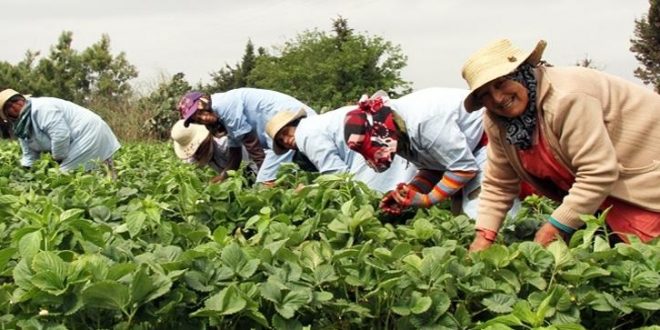
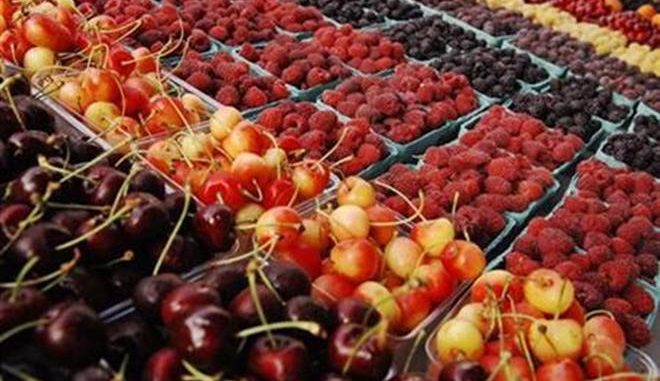
✓ The agricultural sector occupies an important position in the regional economy through its contribution to the gross domestic product (11.4% at the regional level and 12.1% of the national gross domestic product) in creating job opportunities with a total number of working days of about 34 million per year and creating agricultural industrial units at the national level. The entity and covering consumption needs.
✓ Strong agricultural potential given the geomorphological and climatic diversity of the region, especially at the level of the Lokos Plain, which occupies a favorable position in the economic development of the region.
✓ The importance of the area of arable agricultural land, which represents 57% of the region’s territory and 11% of the area of arable agricultural land at the national level (149,729 hectares).
✓ The importance of rainfall and watercourses in providing surface water potential. The average precipitation between years is 692 mm/year and is distributed between 822 mm in the Locos region, 748 mm in the Tangiroa region, 796 mm in the western Mediterranean coastal basins, and 487 mm in the eastern Mediterranean coastal basins.
✓ The presence of water basins (Tangier, the Mediterranean coast and the Locos basins) including large valleys, which constitute basic groundwater reservoirs. The main groundwater reservoirs are: the sand aquifer, the Sharaf al-Aqab aquifer and some alluvial aquifers. The coastal basins of the Mediterranean , Reiss Nicor, from Martil –
Alila, Alo, Samir, Negro, Bouhamad, Amsa, the small palace, Targa, Azal, meters, the front, Beni Boufrah;
✓ The presence of many dams that play a major role in meeting the water needs of agriculture (22 dams, including dams currently under construction)…;
✓ Cereal cultivation, fruit cultivation and legume cultivation dominate diversified plant production.
Olive tree cultivation is very present throughout the region, while red fruits (strawberries and cranberries) are found in the vicinity of Lokos; Also, the cultivation of Indian cannabis is prevalent in the region.
✓ A region characterized by livestock farming, aided by the large production of fodder and residues in irrigated areas, as well as the import of pure breeds for dairy purposes and the process of improving local breeds;
✓ The wealth of local products that are characterized by the region’s biological diversity, including:
❖ Almonds
❖ Prickly pear
❖ Prickly pear known as Dalahia
❖ Goat cheese
❖ Honey
❖ Olive oil
❖ Mushrooms
❖ Aromatic and medicinal plants
✓ Protected geographical indication for many of the region’s leading local products;
✓ Implementing several projects from the Green Morocco Plan.
✓ Promote the development of sustainable agriculture in relation to the global challenges of pollution, climate change, health and food security as part of the water-energy-food-security nexus and in the circular economy programme;
✓ The emergence of new “green” industrial sectors, in particular the energy efficiency sector in agriculture;
✓ Improving value added at the regional level by valuing agricultural products, improving the agricultural sector’s ability to withstand the effects of climate change;
✓ Development of agriculture with high added value;
✓ Support cooperatives working in cannabis cultivation;
✓ Development of solidarity agriculture;
✓ Integration and exploitation of agricultural products in tourism circuits (local products);
✓ Developing gastronomic tourism and developing innovative models for agricultural tourism and ecological agriculture;
✓ Developing social and economic models for smart farms and ecological agriculture;
✓ Raising awareness, training and strengthening the capabilities of actors involved in producing and marketing agricultural products.
fishing
Marine fishing is considered one of the important economic activities in the Tangier-Tetouan-Al Hoceima region in the Kingdom of Morocco, especially given the region’s location along the Atlantic and Mediterranean coast. Tangier, Tetouan and Al Hoceima are important sea ports and have a rich fish wealth.
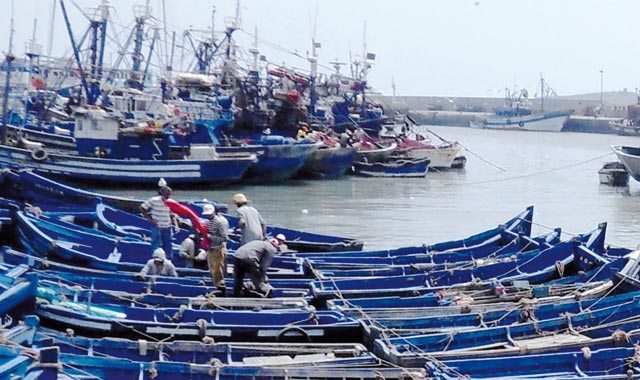
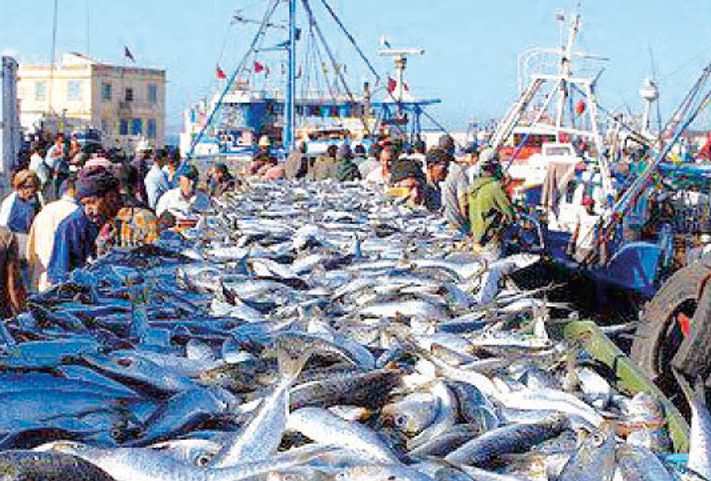
✓ The important role that the fishing sector plays in developing the industrial and commercial sectors and in creating job opportunities and mobilizing an important workforce at the level of coastal communities located in the rural world;
✓ The marine fishing sector extends along a linear length of 447 kilometers on the coasts of the Atlantic Ocean and the Mediterranean Sea in a region known for its fish wealth.
✓ The presence of 12 major ports, including the port of Tangier, the port of Al Hoceima, the fishing port of Larache (the second fishing port in the region), the port of M’diq, the fishing port of Asilah, the fishing port of Claières, the port of Front, the port of Martil, the port of Oued Lou, the port of Fnideq, and the port of Ksar Sghir.
✓ The presence of many advanced landing sites;
✓ Large fishing fleet of 2,932 units;
✓ There are seven types of fishing: coastal fishing, marine fishing, sea fishing, underwater fishing, foot fishing, reef fishing, and trap fishing;
✓ The presence of a fresh fish packing unit in Al Hoceima Province;
✓ The existence of a Haliotis strategy to revive the sector.
✓ Development of fishing villages;
✓ Modernization and expansion of fishing ports and fish halls;
✓ Establishment of warehouses for traditional fishermen to store their tools and fuel reserves;
✓ Establishment of aquaculture ponds;
✓ Developing the blue economy.
industry
Strategic geographical location at the crossroads of trade routes between the two continents (Europe and Africa) and Bahrain (Atlantic and Mediterranean) and at the heart of the global maritime trade network;
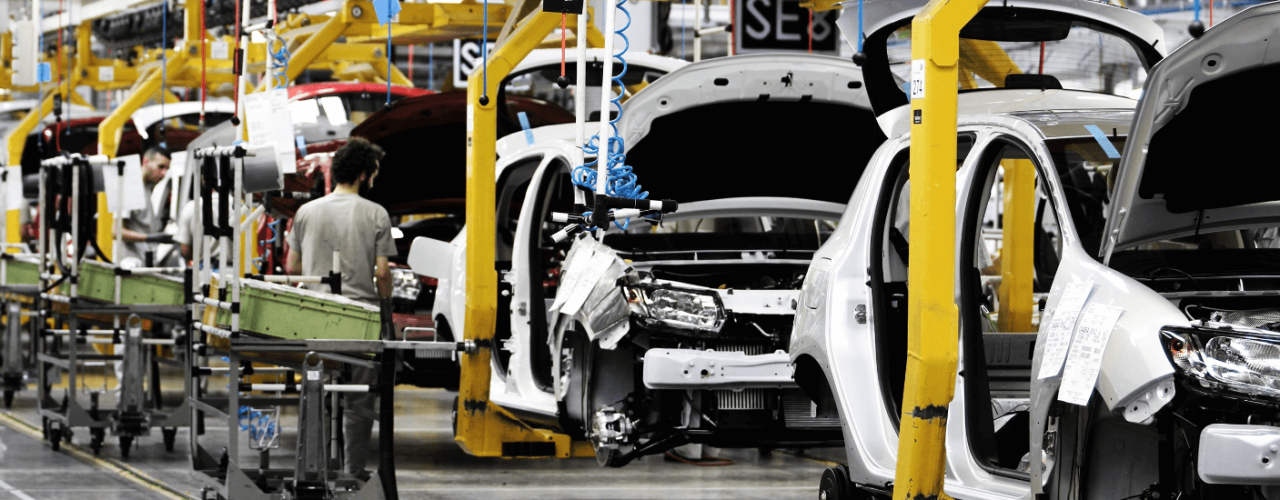
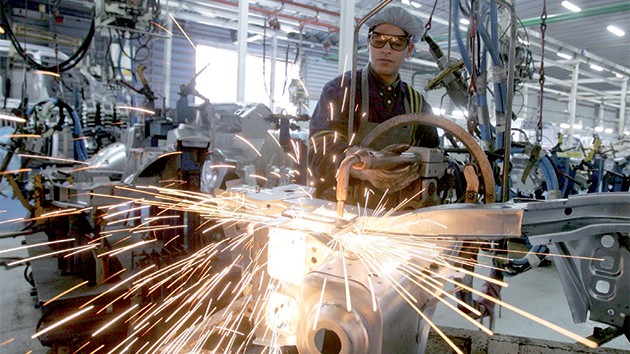
✓ The second industrial pole at the national level after the Casablanca-Settat region;
✓ The importance of the role played by the industrial sector at the regional level: 11% of the national industrial complex (781 units);
✓ 16.6% of national industrial production (60,845.7 million dirhams);
✓ 22% of the national labor force (139,803);
✓ 37.5% of national industrial exports (49,990.8 million dirhams);
✓ 15.4% of the total national industrial output (61,651.7 million dirhams);
✓ 9.9% of industrial investment at the national level (1,730.6 million dirhams);
✓ Important industrial textile (aviation, automotive, modern information and communication technologies, offshoring, agro-food, leather textiles, electronic, electrical, mechanical, metallurgy, chemical and semi-chemical, industrial maintenance and engineering) with the presence of several large industrial companies such as Europac; Delphi; Shandong; Furukawa.
✓ Tangier Med Port became the first and second major international port platforms;
✓ Construction of an important group of industrial zones and free zones, such as the large industrial zone in Tangier Med (Tangier Free Zone, Medhope, Renault-Maloussa Industrial Zone), the Imghougha Tangier Industrial Zone, Akznaia Tangier, Tangier Automotive in the Fahs Province –
Anjra, Park Tetouan, Larache industrial zone, Ait Gamra economic activity zone in Al Hoceima;
✓ Wind energy projects (Tangier Park and Kadia El Beida Park);
✓ Tangier-Saïdia Mediterranean Ring Road;
✓ High-speed train;
✓ Development of new city and environmental centers (the new city in Sharafat Ibn Battuta);
✓ Launch of the Mohammed VI Tangier Tech City project;
✓ Development of Oued Martil;
✓ Tangier Metropolis Programme;
✓ Integrated development program in Tetouan;
✓ The Regional Development Program (2015-2019) called Al Hoceima, the Manarat of the Mediterranean; ▪ Industrial strategies and programs implemented by public authorities, such as the Industrial Acceleration Scheme and the Industrial Pollution Control Fund.
✓ Setting priorities for planned investments within the framework of advanced regionalization and the territorial vision of the region;
✓ Establishing a connection between the various groups in the region;
✓ Developing a sustainable management of industrial platforms in line with the principles of the circular economy through the creation of new “green” industrial sectors;
✓ Develop and improve the competitiveness of the organized SME/SME fabric;
✓ Reorganizing and restructuring sectors dominated by the informal sector.
handicraft
This sector is considered one of the productive sectors that characterize the region, as it is mainly linked to the tourism sector, as it contributes to enhancing the economic activity of the region.
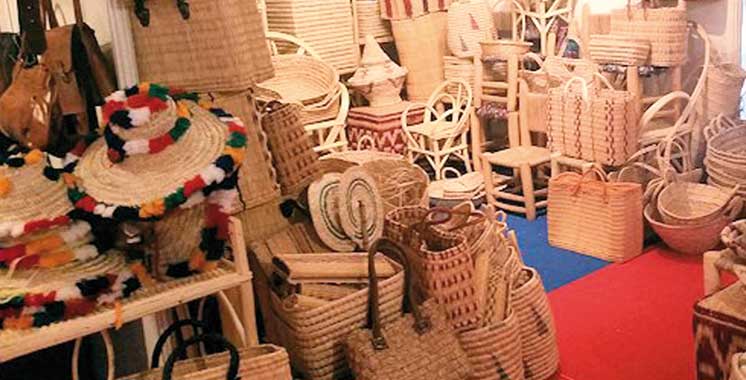
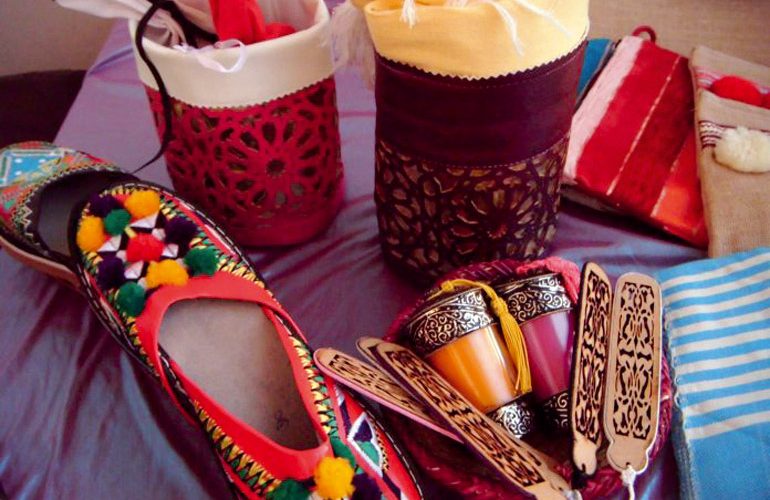
✓ The essential role that traditional industry plays at the social and economic level in creating income and job opportunities and developing small and medium-sized enterprises;
✓ Many traditional craftsmen who excel in crafts including leather, weaving, iron and carpentry;
✓ The sector is closely linked to the tourism and foreign trade sector by participating in their growth;
✓ Diversifying traditional industry products with specialization at the level of each prefecture and region;
✓ An important source of foreign currency through the export of various handicrafts;
✓ The existence of projects and programs to develop the traditional industry sector (Vision 2015) to write the state responsible for the traditional industry and the solidarity economy, the environmental development strategy for tanneries, and the regional development plan for the traditional industry.
✓ Implementation of actions/institutions aimed at strengthening the promotion of regional products (museums, galleries, etc.);
✓ Establishing economic activity zones designated for traditional craftsmen;
✓ Support the training of traditional craftsmen;
✓ Adopting clean production standards;
✓ Preserving and promoting the heritage of traditional crafts;
✓ Improving working conditions and safety standards.
tourism
The region provides great opportunities to ensure the prosperity of the tourism sector thanks to its historical, geographical and cultural characteristics, which are considered the main sources of wealth for this region.
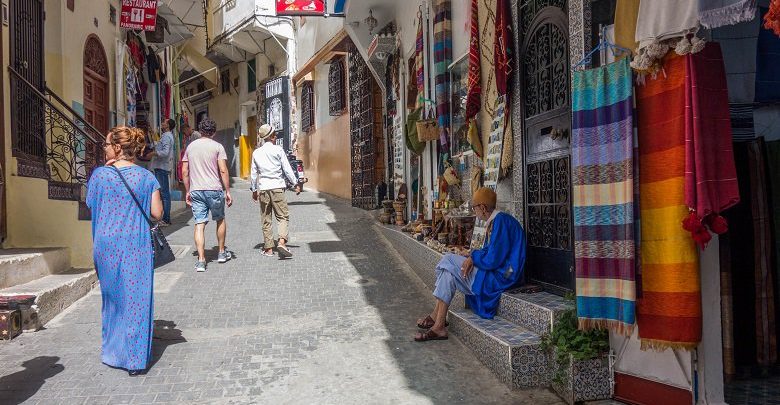
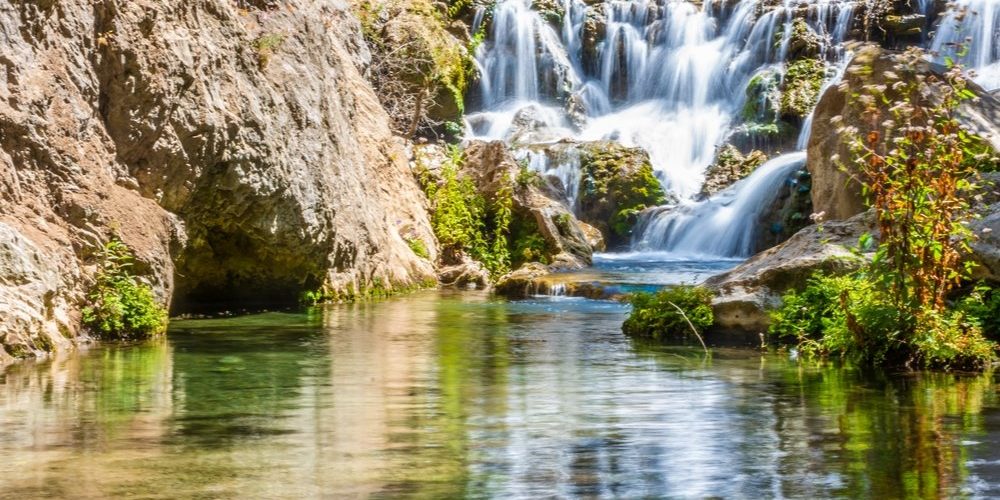
✓ The importance of the role played by the tourism sector in the development of the region in relation to its distinguished geographical location, natural qualifications, landscapes and proximity to Europe: 320 tourist units including 153 classified tourism establishments with a capacity of 26,199 or 8% and 10% respectively of the national park;
✓ An extension of sandy beaches and a large coastline of 447 km between two coasts for marine sports: the Atlantic coast (sport surfing and windsurfing) and the Mediterranean coast (sailing and water sports) suitable for the development of coastal tourism with the presence of 6 ports;
✓ The presence of a rich and diverse ecosystem, mountain ranges, forests, natural parks, and sites of biological and ecological importance spread throughout the territory. Such as Bouhachem Natural Park, Perdicaris Space, Jebel Moussa, Talsamtane National Park, Issaken Station, Asilah Station, Tizi Ivry Station, and Boukoya National Park, to develop eco-tourism;
✓ The Rif mountain range, interspersed with beaches and bays (the most panoramic of which is Al Hoceima Bay);
✓ The importance of historical and cultural sites (Cave of Hercules, Roman tombs, Lixus, etc.) for the development of cultural tourism;
✓ The existence of projects and programs to develop the tourism sector “Vision 2020” “Northern Cape and Morocco Mediterranean Program”.
✓ Implementation of additional tourism measures to reduce the seasonality of current tourism activities (exhibition center, golf show, intensification and diversification of aviation routes, etc.);
✓ Diversify offers according to context and territorial specificities;
✓ Promoting sustainable tourism and creating eco-tourism circuits;
✓ Developing regional marketing;
✓ Promote existing village resorts and local products.
Road Infrastructure
The road infrastructure in the region has improved significantly in recent years. The area has witnessed significant development in roads and infrastructure
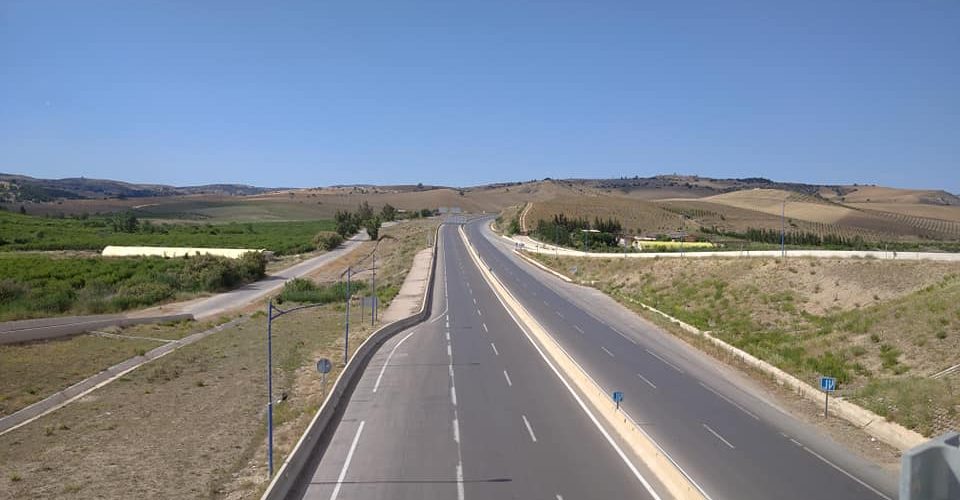
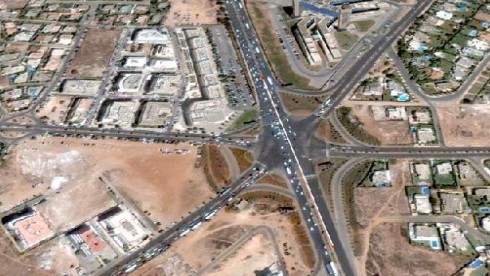
✓ Classified roads with a length of 2,706 km, including national roads (989 km), regional roads (583 km), regional roads (1,134 km), and 228 km of highways
✓ Dense network: 15.7 km / 100 km2 (13 national) and wide: 61% < 6 m (48% national);
✓ 98% paved network (75% nationwide);
✓ The length of the motorway infrastructure is 165 km, divided into three main axes: Rabat-Tangier, Tangier – Tangier Med Port and Tetouan – Fnideq;
✓ Most of the unclassified roads are in the condition of an unpaved track with a length of 2,533 km, which plays a very important role in eliminating isolation from the population of the rural world and in accessing basic services;
✓ The existence of transportation sector development projects and programs (the national road plan, the national design of road equipment, the 2040 program for reducing territorial and social disparities, etc.).
✓ Additional needs in terms of the transportation network and crossings linking the main roads.
Urban Orbit Development and Rehabilitation Sector
The entity has undertaken many efforts and projects in the sector of urban planning and rehabilitation to improve urban infrastructure and enhance the quality of life for residents.
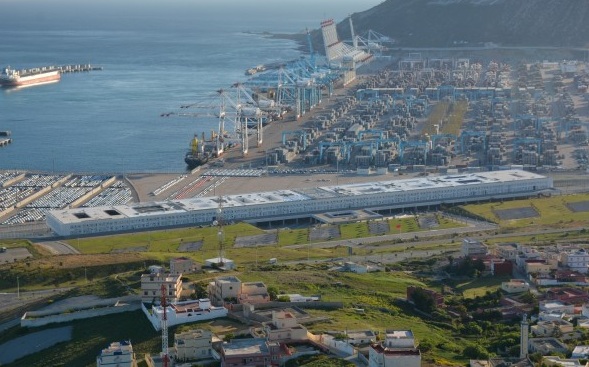
✓ Prime location with double waterfront;
✓ An urban structure composed of five urban systems: Tangier, Jbala, the Mediterranean coast, the road to the hills and Lake Locos.
✓ Strengthening the urban structure of the region through the establishment of several urban centers, especially the new city of Sharafat and the Ibn Battuta district;
✓ The urban framework positioned around large cities and medium-sized cities, each with its own medina, its own architectural heritage, its history, its own urban character and its traditions very specific to the two poles formed by Tangier and Tetouan;
✓ Integration and functional integration of the bipolar “capital of the region” Tangier-Tetouan, which remains a strategic issue and carries the dynamism of regional development;
✓ Covering the region with urban planning documents.
Considering sustainable development issues.
national education sector
The entity has made many efforts in the national education sector to improve the quality of education and provide educational opportunities for all.
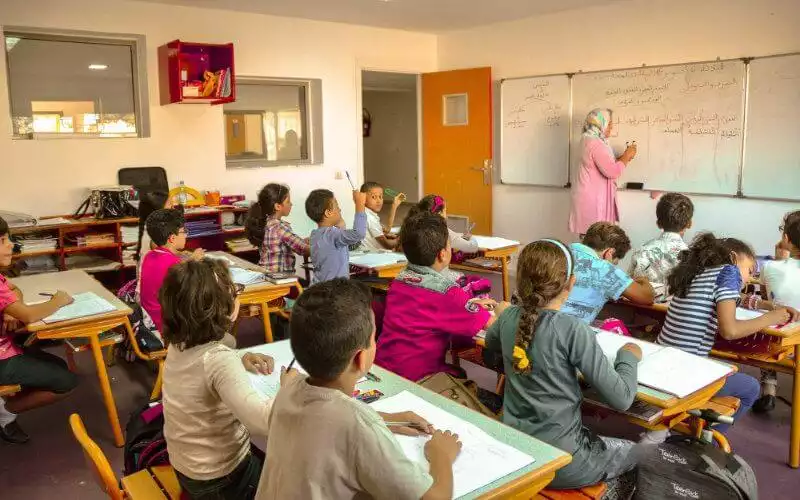
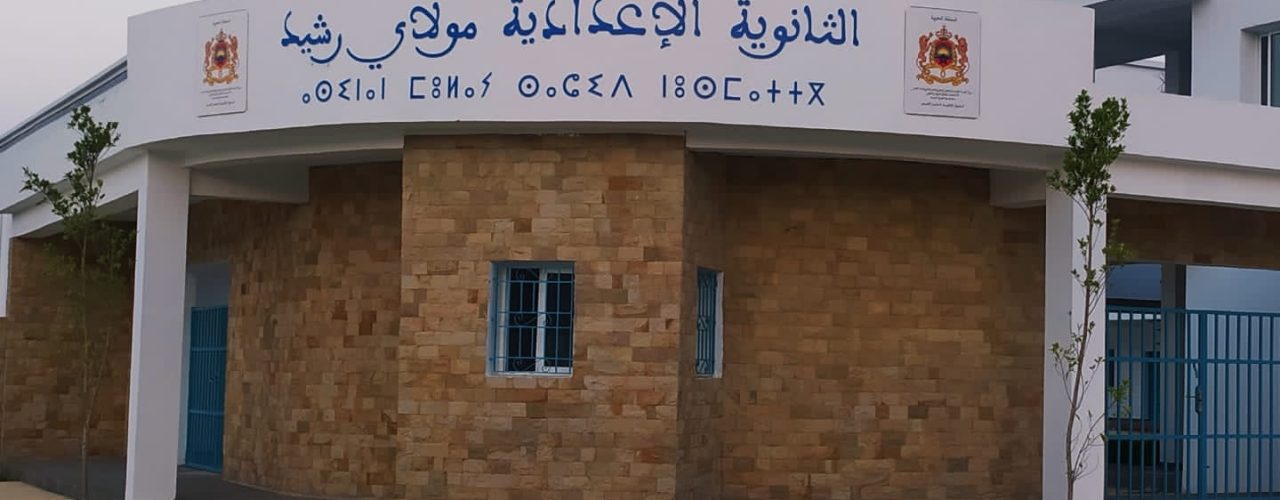
✓ The presence of 1,624 educational institutions at the regional level (primary and middle school);
✓ Construction and rehabilitation of several educational institutions during the period 2022-2026 (the development plan for the Regional Academy of Education and Training in the Tangier-Tetouan-Al Hoceima region);
✓ Construction of 810 pre-school educational institutions and 101 primary and middle schools;
✓ Rehabilitation and development of existing educational institutions by adapting them to gender and people with special needs (building latrines, connecting educational institutions to water and electricity, building fences, etc.).
✓ Strengthening the school supply according to the needs expressed at the level of each prefecture and region, especially in rural areas;
✓ Addressing the challenge of regional imbalance, especially with regard to access to education for the rural population (Chefchaouen and M’diq-Fnideq for example).
Literacy Sector
The region has made many efforts to combat illiteracy.
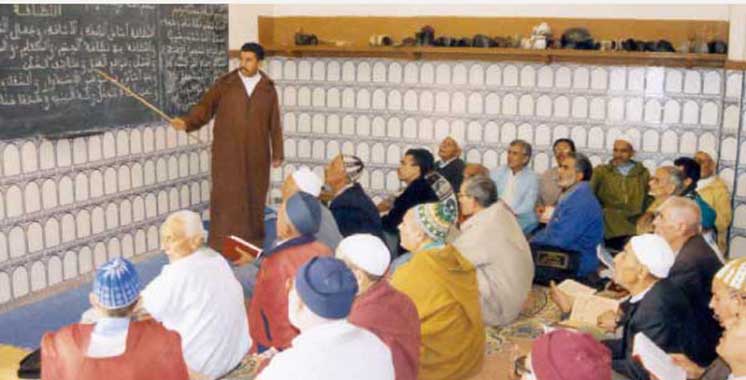

✓ The illiteracy rate is much lower than the national average;
✓ An agreement signed between the Tangier-Tetouan-Al Hoceima region council and the National Agency for the Fight against Illiteracy;
✓ Program to support the national strategy for literacy in Morocco (the Tangier-Tetouan-Al Hoceima region is one of the six targeted regions);
✓ Project to establish a training institute for literacy professions;
✓ Launching a functional literacy program for traditional craftsmen in Al Hoceima.
✓ Greater integration of civil society into the literacy process.
higher education sector
The entity has made many efforts in the higher education sector to enhance the quality of higher education and develop the infrastructure of universities and higher educational institutions.
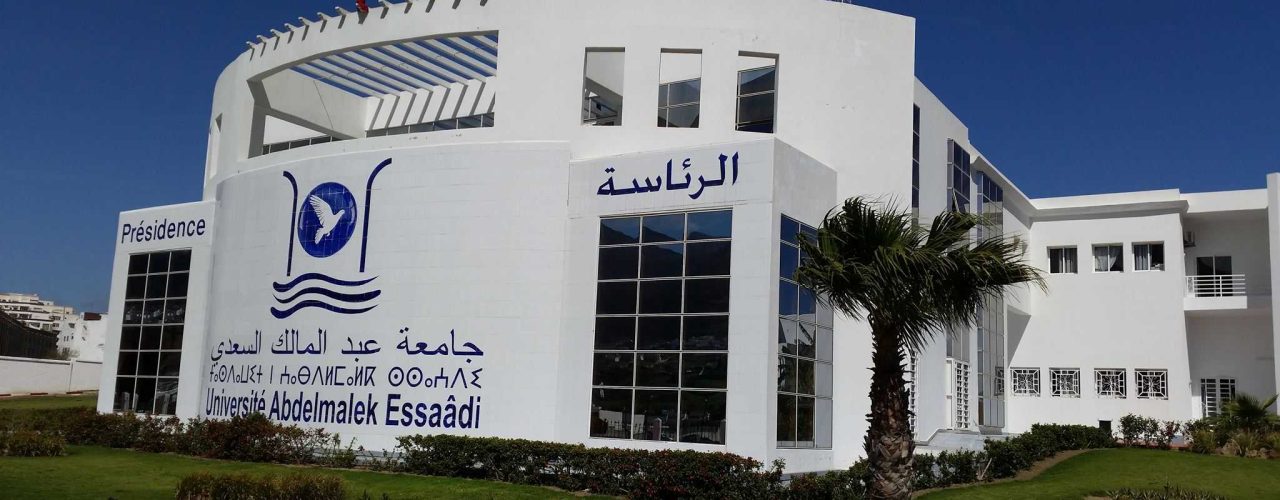
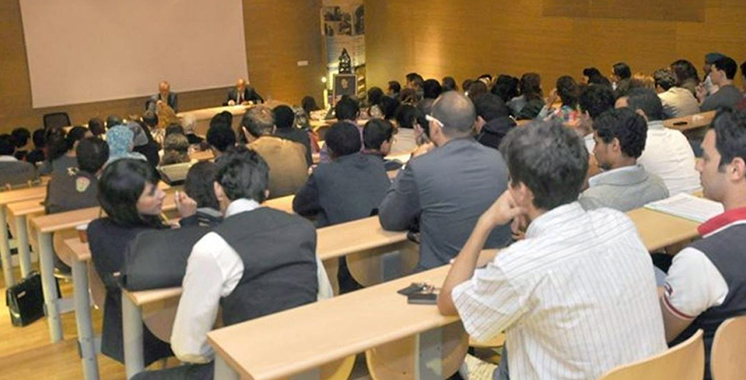
✓ The presence of a training center at the level of Abdelmalek Al-Saadi University, which includes during the academic year 2021-2022:
❖ 10 faculties (Tangier, Tetouan, Larache and Al Hoceima) including the Faculty of Medicine and Pharmacy;
❖ 6 higher schools (National School of Economics and Management in Tangier, King Fahd Higher School of Translation in Tangier, Higher School of Science in Tetouan, and School of Applied Sciences in Tangier);
✓ Expanding and diversifying the training offer of Abdelmalek Saadi University with the opening of other institutions planned for the academic year 2023-2024:
❖ Faculty of Economics and Management, Tetouan
❖ Higher School of Technology, Tetouan
❖ Al Hoceima Multidisciplinary College
❖ National School of Commerce and Management in Al Hoceima
❖ Faculty of Economics and Management in Tangier, higher education sector
❖ Chefchaouen Multidisciplinary Colleges
❖ Multidisciplinary colleges in Bouzan
✓ The region is also home to other institutions:
❖ International Higher Institute of Tourism in Tangier
❖ The Specialized Institute for Tourism and Hospitality
❖ National Institute of Social Work
✓ Strengthening the compatibility between training and employment, especially in promising sectors (industry, energy and mining, tourism, agriculture and fisheries, logistics and transport, services, etc.)
✓ Keeping pace with graduates to integrate them into the labor market.
Vocational Training Sector
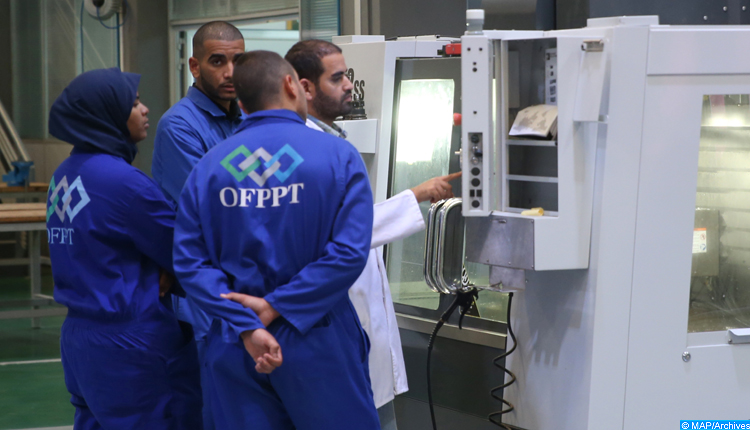
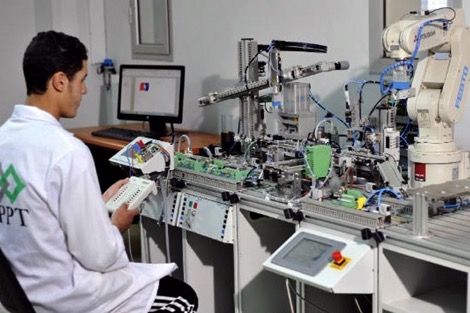
✓ 54 vocational training institutions affiliated with the Office of Vocational Training and Labor Promotion
✓ 16 vocational training institutions are being established in the region as part of the second project related to developing and diversifying vocational training offers, including the City of Professions and Competencies in Tangier, a pilot project that will receive 3,250 trainees as of 2022 and will have a boarding school with a capacity of 450 beds. Training is offered in 87 sectors, distributed over 8 areas, including industry, offshore, and tourism.
✓ Support the diversification of the training offered and the balanced distribution of training institutions at the regional level according to their respective professions;
✓ Support the development of promising professions with high employment potential.
health sector
The average score of the Mixed Health Index “Accessibility and Quality” (38.3%) is higher than the national index average (34.4%).
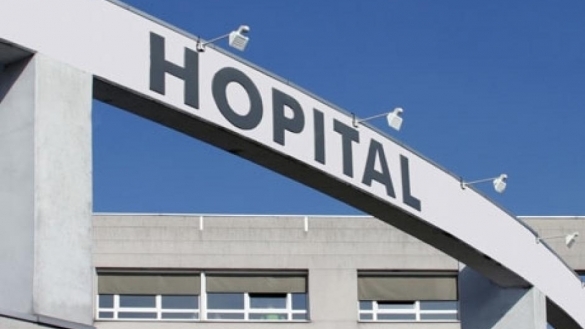

✓ Important achievements during the period 2017-2021, especially with regard to the construction of local hospitals in Imzouren and Ksar El-Kebir, the regional hospital in Al Hoceima, and the University Hospital Center in Tangiers;
✓ Launching projects to build a regional hospital in Ouazzane and a specialized regional hospital in Tetouan.
✓ Availability of various health care infrastructures.
✓ Strengthen health professionals’ skills related to governance as well as in priority health programs (maternal health, urgent medical assistance service, rural health, etc.);
✓ Establishment of mobile care units as well as local emergency services;
✓ Strengthening and developing health infrastructure in areas that still suffer from a severe shortage in this field.
water sector
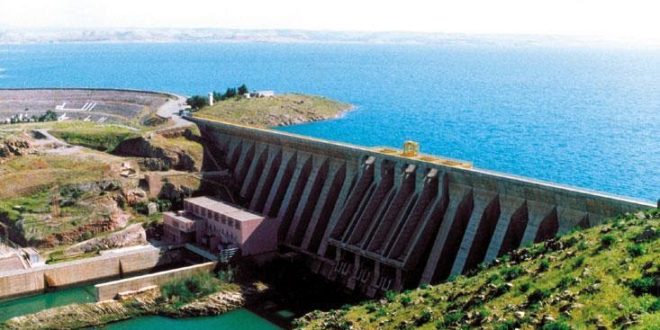
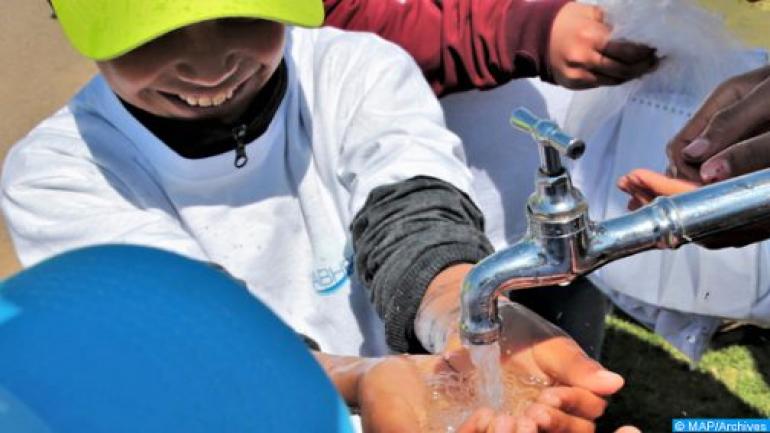
✓ The Tangier-Tetouan-Al Hoceima region is located on two hydrological fields: It is the Sebou Basin, which partly touches the regions of Chefchaouen, Zane, and Al Hoceima, and the Lokos Basin, which covers the rest of the territory of the region.
✓ The region has a renewable water potential estimated at approximately 4 billion cubic meters/year as an average annual supply, including 3,600 million cubic meters/year in surface water and 460 million cubic meters/year in groundwater;
✓ The hydrographic network of the region consists of important rivers, namely the valleys of Lokos, Meharhar, Al-Hashif, Nakhla, Samir, Al-Kabir, etc.;
✓ The region also has a large reserve of groundwater.
✓ Lokos Basin: It contains mainly sand, Ouled Ogban and Lokos Valley aquifers; Water sector:
✓ Tangier Basin: It contains the Sharaf layer of Aqaba and a few layers of Numidian sandstones in Asilah.
✓ The coastal Mediterranean basins contain the limestone series composed of the Hauz Tetouan and the Dorian Limestone and several coastal sedimentary sheets composed in particular of the units of Reis Enkour, Martil Laila, Oued Alou, Smir, Negro, Bou Ahmed, Amsa, etc.;
✓ Aquifers of limited importance were also identified, such as the case of Qasr al-Saghir, Targha, Azal, Amtara, al-Jabha, and Beni Boufrah.
✓ The presence of many dams that meet drinking, industrial and agricultural water needs.
✓ National Program for Drinking Water Supply and Irrigation 2027-
2020 is divided at the regional level, with a special focus on building dams, generalizing connection to the potable water network in urban and rural areas, and extension irrigation circuits;
✓ Adopting a strategy to reuse treated wastewater to irrigate green spaces, golf courses, and roadside trees to preserve drinking water resources, through the rehabilitation of the first wastewater treatment plant in Boukhalaf and extending the irrigation network to green spaces approximately 69 km long.
✓ Per capita is higher than the national average by about 1026 cubic meters/inhabitant/year;
✓ The region has a large potential for renewable water amounting to approximately 3.63 billion cubic meters/year (3430 million cubic meters/year of surface water and 200 million cubic meters/year of groundwater), as the average supply between the two years;
✓ In general, the aquifers in the region show no signs of overexploitation;
✓ Surface and groundwater quality is generally good on average;
✓ Important infrastructure for water treatment (9 plants) and household waste purification (10 wastewater treatment plants);
✓ Opening up to non-conventional water, Al Hoceima desalination plant with a flow rate of 200 liters/second.
✓ Strengthening security and interconnection of the potable water production system in rural areas;
✓ Continued use of non-traditional water resources by expanding the network and launching projects to build other wastewater treatment plants in light of the state of water stress in the region;
✓ Connecting dams to deal with water stress;
✓ Generalizing the reuse of treated wastewater in all prefectures and regions of the region; ✓ Water pollution control (rehabilitation of uncontrolled garbage dumps and treatment of industrial water, especially plant water as the main source of industrial pollution);
✓ Implementing the flood protection plan within a contractual framework with the state.
energy sector
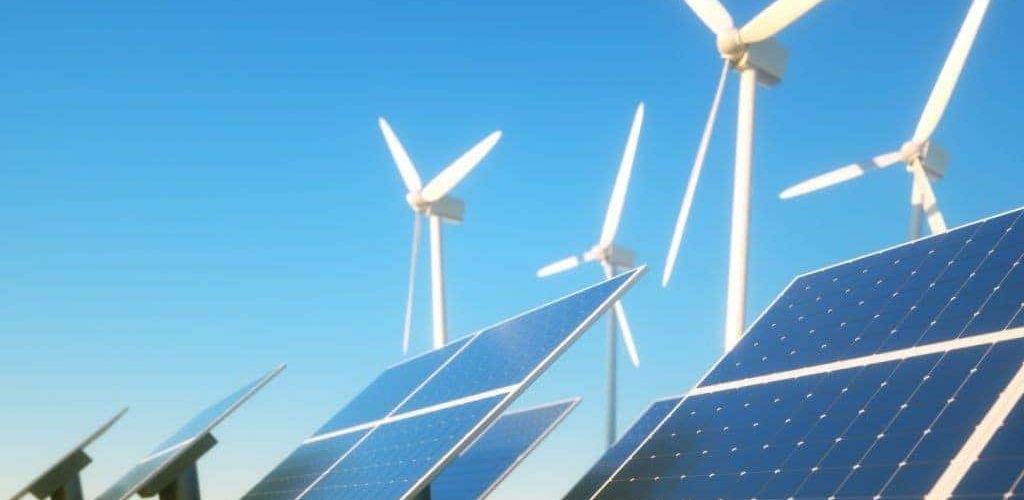
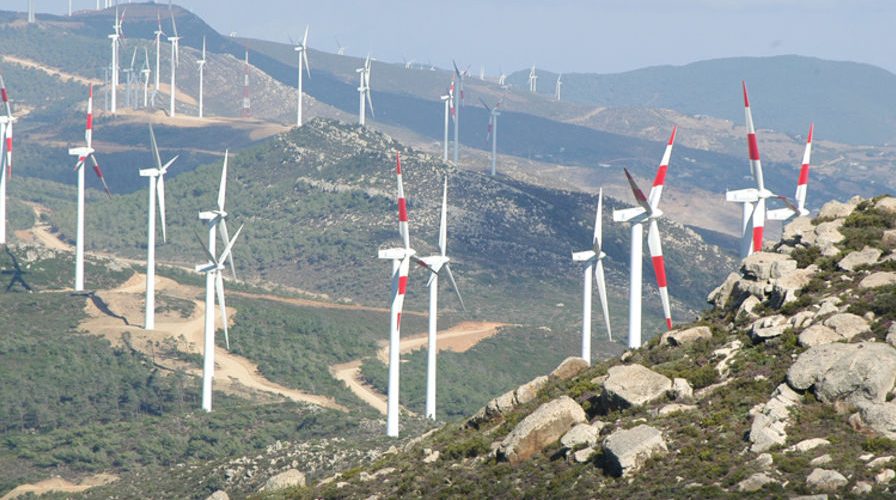
✓ Great potential for wind (with an average wind speed from 9 m/s to 40 m/s) and sun (with an average sunshine of 300 days per year);
✓ A national leader and reference in terms of renewable energies, thanks to its five wind farm projects;
❖ Tangier 1 Dhahr Saadane (140 MW)
❖ Kodia El Bayda (50.4 MW)
❖ Houma Park (50 MW)
❖ Lafarge (32 MW)
❖ Green energy (50 MW)
✓ Energy production through 3 hydroelectric power plants, 2 thermal power plants, and 5 wind farms with a total capacity of 1,000 MW; ✓ Installation of factories in the region: factories for solar panels (Al Hoceima) and wind turbines (Tangier); Energy sector
✓ Electricity connection through the program to reduce territorial and social disparities reaches 95%.
7At a rate greater than the national average (94.8%)
✓ Encouraging investments in the field of renewable energies and projects related to water, energy, food security, as well as decarbonization of manufacturing processes;
✓ Encouraging the establishment of green cities (e.g. Green Sharafat City) that will be primarily linked to renewable energy;
✓ Openness to partnership between the public and private sectors to develop the clean energy sector, especially hydropower, within the framework of liberalizing the renewable energy sector;
✓ Valuing the potential energy associated with biomass.
environment sector
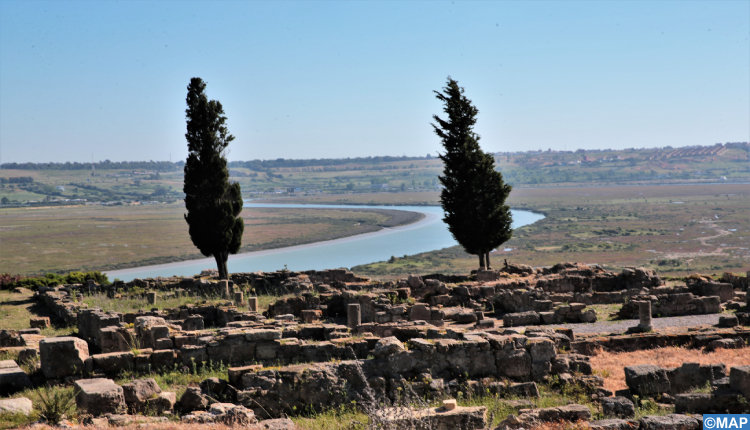
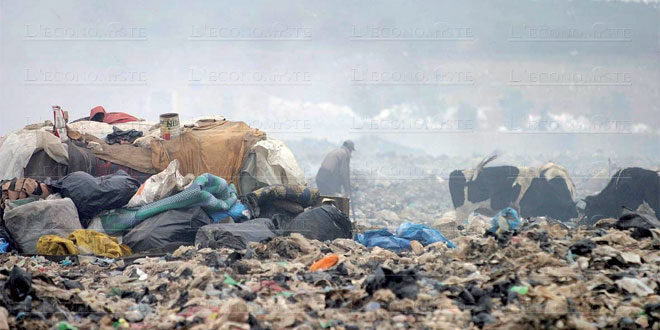
✓ A rich and diverse heritage that includes wide sandy beaches, mountain ranges and forests located mainly in the provinces of Chefchaouen, Al Hoceima and Tetouan, naturally resistant to water erosion and wind; And Larache, which constitutes a pilgrimage
✓ 22 sites of biological and environmental importance, spread over the entire territory of the region and integrating marine, coastal, continental and wetland areas in addition to natural parks;
✓ The National Program for Joint Liquid Sanitation and Treated Wastewater Reuse implemented at the regional level;
✓ The national waste reduction and recovery strategy was implemented at the regional level.
Establishment of controlled landfills, landfilling and waste recovery centers (circular economy), modernization of industrial units and mainstreaming of industrial decontamination (footnotes).
culture sector
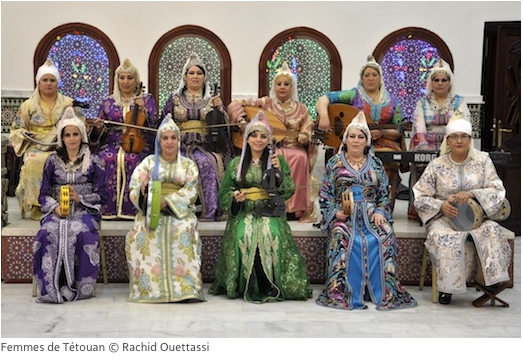
✓ The region has a unique geographical and geostrategic situation (coastal: two seafronts), and is full of richness and diversity in intangible heritage, which includes several classified cultural sites:
❖ Ancient cities: 7 ancient cities in the region (Tangier, Chefchaouen, Ozan, Ksar el-Kébir, Larache, Asilah, and Tetouan), included in the UNESCO World Heritage List, and whose historical and urban development extends over several centuries;
❖ Many archaeological sites of historical and natural value with a touristic impact (Cave of Hercules, Roman ruins in Lixus / Larache Province, Al Hoceima Gulf / a thousand-year-old maritime culture, natural parks, etc.);
✓ Painting, pottery…
✓Culinary art: Chefchaouen diet…
✓ Embroidery: Tetouan embroidery, Chefchaouni embroidery,…
✓ Organization of numerous cultural events and festivals with international influence (Tangier Jazz, International Festival of Mediterranean Cinema, etc.)
✓ The presence of numerous cultural infrastructures (museums, libraries, reading points, etc.)
✓ The presence of a governor specialized in managing cultural heritage;
✓ Disseminating the national strategy for culture at the regional level through 4 areas of intervention, which are identifying and inventorying the regional heritage, legal protection as well as its promotion of this heritage, restoration, preservation and rehabilitation of the heritage, social and economic;
✓ A dynamic approach to preserving and enhancing the tangible and intangible heritage in the various provinces and provinces of the region, with the aim of enhancing the region’s tourism and economic attractiveness, which is embodied in the adoption of five multilateral agreements to rehabilitate and enhance the ancient cities of Chefchaouen, Ouzane, Ksar El-Kebir, Larache, Tangiers and Tetouan.
Support programs to promote cultural consumption; Opening sites and landmarks to private investment.
